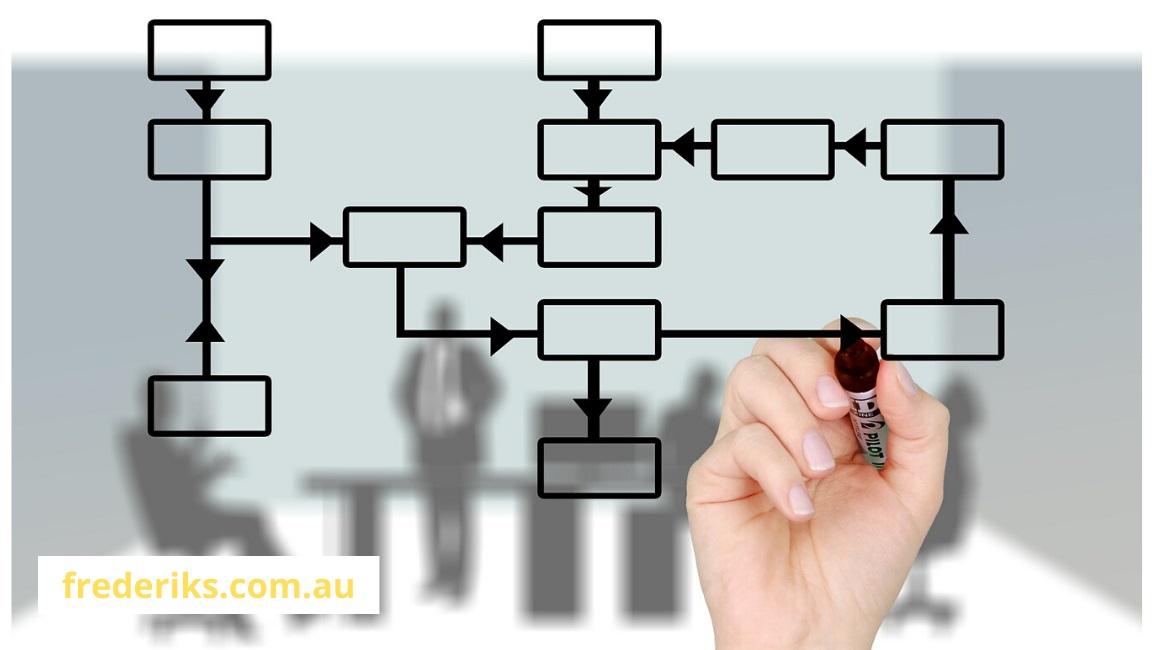The business world in this millennium is certainly one that is forever changing and in some cases the old tried and tested business models that owners have relied on in the past are just not delivering the growth, profit, customer or staff satisfaction or shareholder returns that they used to.
In order to keep on top of your business you should, ideally have a business development plan that is ever evolving – don’t think of it as a set and forget plan, it should be a living plan that has the agility to change.
If you don’t have a business development plan then take some time and ask yourself a few honest questions about your business. Examine your present business model as well as your business processes and then ask yourself these four questions:
- Is this helping me achieve my goals?
- Is this meeting the needs of my team members?
- Is this providing a reasonable return to shareholders?
- Is this meeting the demands of clients?
The world is changing quickly ,modern technology and online platforms have changed the shape of many businesses. Now agility & the willingness to embrace change (where it makes business sense to) are absolutely key to successful business models of today (and into the foreseeable future).
Charles Darwin said, “It is not the strongest of the species that survive, nor the most intelligent, but the one most responsive to change.” This applies in the business world just as much as it does with natural selection.
If any of the four questions are answered with a no then you need to make a change in your business.
An integral part of any business model is the business processes within the model and these also need to be reviewed regularly as they should require ongoing revision and refinement. If the only reason you’re doing something a particular way is because it’s always been done that way then it’s time to review!
The simplest way to review business processes is by using a flow chart.
Create a draft flow chart of all the steps taken in getting your product/service to the client. Take the flow chart to your staff and get them to explain the process they use to perform their job and adapt the draft flow chart accordingly.
The next step is to look at the flow chart to identify unnecessary or missing steps – make some changes and again consult your staff (there could be a very good reason for the steps that you’re unaware of). Once you have come to an agreement on the flow chart you should now have the most efficient process that you can.
Using this flow chart develop a procedure that accurately describes the steps in your final flow chart and then train your staff on the new processes.
This combined procedure and flow chart should be used for two purposes going forward; one for training new staff and two for consulting regularly to identify any opportunities to improve the process as markets or technology changes.
If you need help developing new processes or a business development plan then why not give us a call on 3826 6111 and arrange to see or talk to one of our friendly business accountants.







